Regenerative Grazing in the South: Changing Attitudes and Gaining Ground
 Print This Post
Print This Post
By Mike Morris, NCAT Agriculture Specialist
“When I was in college, I was taught that you fed hay and grain, and the pasture was just something you put the animals out on to look pretty, or just to get a little bit of supplement. I had to really change the way that I think to make that switch. It was tough to wrap my head around all of that, but once I did, I would never go back to doing it any other way.”
That’s how one producer described the intellectual and emotional journey that led him to adopt regenerative grazing: raising livestock in ways that improve soil health and increase biodiversity and productivity. For the past three years, NCAT has been talking to producers, listening to their stories, and leading a project funded by Southern SARE whose purpose was to “identify practical and regionally appropriate methods of regenerative grazing and accelerate the adoption of those methods in Arkansas, Mississippi, Texas, and Virginia.”
We told Southern SARE that we wanted to expand the work NCAT’s Soil for Water program was already doing in Texas, California, Colorado, and New Mexico. We also wanted to give special attention to the needs of small, underserved, and limited-resource farmers—not just for reasons of fairness but also to learn if regenerative grazing can be done affordably at a small scale. I had the pleasure of leading an interdisciplinary team that included four of NCAT’s best livestock specialists, researchers at four universities, thought leaders from several nonprofit organizations, and dozens of farmer cooperators.
What we learned is that regenerative grazing, while still far from mainstream, is gaining traction throughout the South. In focus groups at the end of our project, producers in all four states named many new organizations that were invisible to them three years earlier but now “leading the way.” Participants also noted greater support and sympathetic interest from universities, some of which had previously been skeptical or hostile.

Arkansas Grazing School. Photo: Nina Prater, NCAT
Folks told us the hardest barriers to overcome were not technical but social and psychological, requiring a mindset shift and willingness to put up with negative peer pressure from neighbors. Many found that their initial fears about up-front cost and labor were exaggerated. After periods of trial and error, they saw economic gains as they reduced purchases of fertilizer and hay and saw labor decreasing as livestock became familiar with rotations.
The best ways we found to encourage adoption were variations on the theme of peer-to-peer learning. We hosted informal pasture walks, launched new mentoring programs; encouraged low-risk, do-it-yourself, on-farm experiments; and gave scholarships enabling limited-resource producers to attend Understanding Ag’s renowned Soil Health Academy. We created new supportive working relationships between agency staff, nonprofits, and producers. Over and over again, we saw that a little emotional support and encouragement goes a long way.
Besides healing overgrazed and damaged grazing lands, regenerative grazing can increase forage production, drought resilience, and profitability. It facilitates local food systems offering healthy meat products to consumers. It’s giving producers access to emerging payment programs for carbon sequestration, clean water, and other public benefits. All of these things are already happening across the South, and we need them to happen faster.
We’ve just released a new series of ATTRA publications, titled Regenerative Grazing in the South, sharing many of our key findings. Please check them out:
Our friends at Virginia Tech have also completed a fantastic series of video case studies, where producers talk about how they discovered regenerative grazing, how they overcame barriers, and how they’re making it work. You can find all 12 video case studies here.
For sharing their wisdom, experience, and personal stories, I’d like to give special thanks to:
-
- Farmer cooperators Gary Armstrong, James Burch, Lauri Celella, Lucille Contreras, Juanita Daniels, Jeremiah Eubank, Matt Flynt, Adam Isaacs, Emily Jost, Servando Leal, Deydra Steans, Becky Szarzynski, Tony and Levonna Uekmann, and Guille Yearwood
- Co-Principal Investigators Dr. Dirk Philipp (University of Arkansas), Dr. Rocky Lemus (Mississippi State University), and Dr. Eric Bendfeldt (Virginia Tech University)
- State working group leaders Felicia Bell (Mississippi), Linda Coffey (Arkansas), Darron Gaus (Texas), Peggy Sechrist (Texas), and Lee Rinehart (Virginia)
- Science advisors Dr. Kelly Lyons (Trinity University), Dr. Barbara Bellows, and Ann Wells, DVM
- Wayne Knight (Holistic Management International), Brent Wills (Virginia Association for Biological Farming), and Allen Williams (Understanding Ag).
- Our external evaluators, Erika Berglund and Kristal Jones (JG Research & Evaluation)
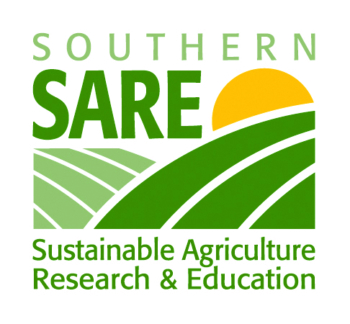 This project was based upon work that is supported by the National Institute of Food and Agriculture, U.S. Department of Agriculture, under award number 2020-38640-31521 through the Southern Sustainable Agriculture Research and Education program under subaward number LS21-345. USDA is an equal opportunity employer and service provider. Any opinions, findings, conclusions, or recommendations expressed in this publication are those of the author(s) and do not necessarily reflect the view of the U.S. Department of Agriculture.
This project was based upon work that is supported by the National Institute of Food and Agriculture, U.S. Department of Agriculture, under award number 2020-38640-31521 through the Southern Sustainable Agriculture Research and Education program under subaward number LS21-345. USDA is an equal opportunity employer and service provider. Any opinions, findings, conclusions, or recommendations expressed in this publication are those of the author(s) and do not necessarily reflect the view of the U.S. Department of Agriculture.
![]()

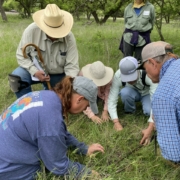
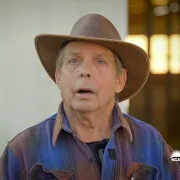
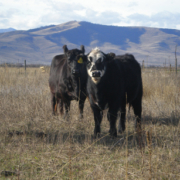
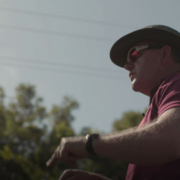
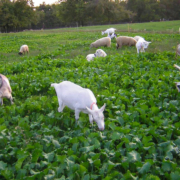
 Canva Pro
Canva Pro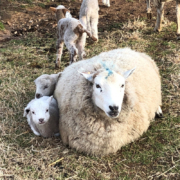
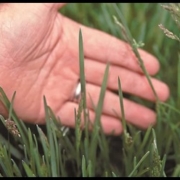
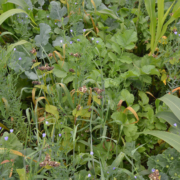
 USDA Photo by Lance Cheung.
USDA Photo by Lance Cheung.
